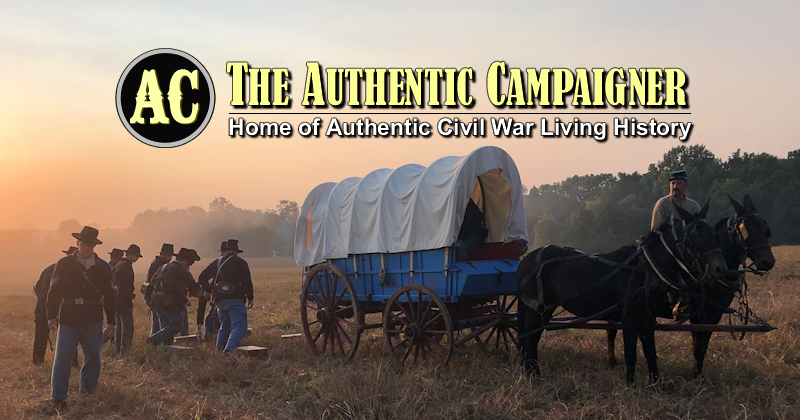I believe it is generally accepted that the idea that the Confederate army could not supply enough shoes is exaggerated. However, it was certainly the reality for some soldiers. I have spent some hours searching the web for articles and brief studies on "barefoot Confederates", as well as original accounts, and have found lots of useful information. However what I found did not go into the level of detail that I am looking for. I am trying to find some kind of extensive study on the shoe situation for the Confederate army, specifically what units suffered from shoe shortages the most, when these shortages were the worst, and where, as well as the severity of the shortage. Any information is greatly appreciated.
(If a similar topic has already been discussed on the forums, I apologize as I was unable to find anything with a search).


(If a similar topic has already been discussed on the forums, I apologize as I was unable to find anything with a search).




Comment